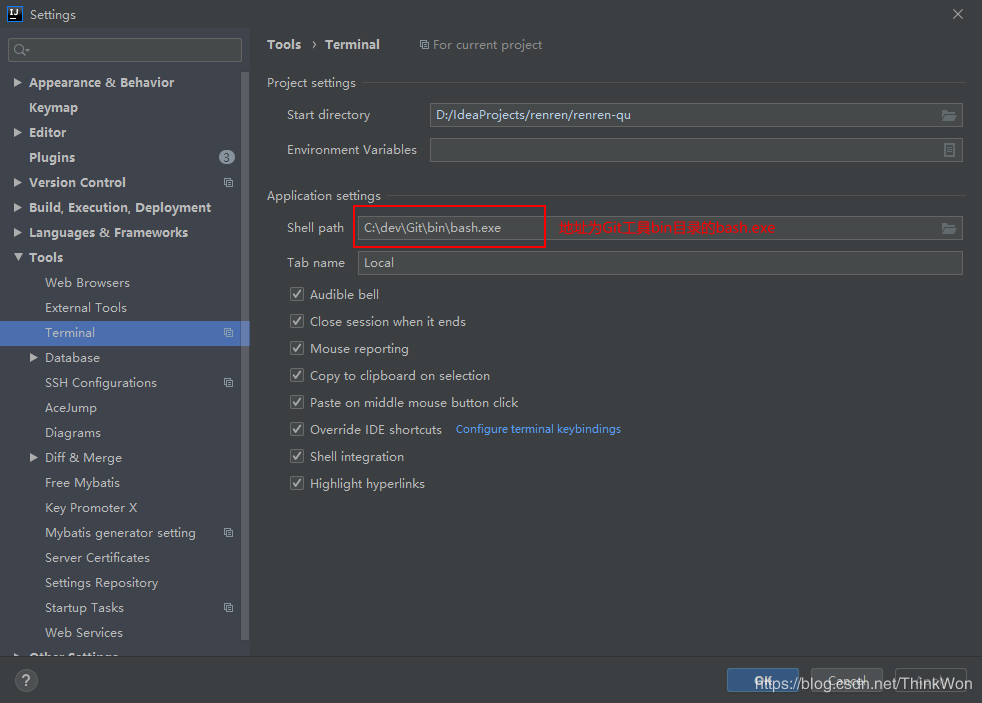Powering Up Your Data Management with MongoDB and Solr(mongodbsolr)
Powering Up Your Data Management with MongoDB and Solr
As businesses of all sizes and across all sectors exponentially grow their data stores, effective data management solutions become vital to the success of these organizations. With the increasing volume of data, it can be challenging to manage and process this information in a timely, cost-effective, and efficient manner. To address these challenges, companies are now turning to innovative technologies like MongoDB and Solr to simplify their data management workflows.
MongoDB
MongoDB is widely regarded as the world’s leading document-oriented NoSQL database. As a schema-less database, MongoDB stores data in the form of documents, which are similar to data objects containing relevant data fields. MongoDB’s efficient document structure enables fast and real-time processing of data. Additionally, MongoDB is a flexible database that can enhance an organization’s ability to accommodate different types of data. For example, MongoDB stores structured, semi-structured, or unstructured data with great ease.
MongoDB is an open-source database that offers various powerful features, such as easy horizontal scaling, real-time analytics, and automatic sharding, which improves database performance in distributed systems. Another remarkable feature of MongoDB is its ability to use the powerful aggregation framework to analyze and process large datasets. MongoDB’s integration with other technologies like Hadoop, Spark, and Solr makes it a valuable database for big data processing.
Solr
Built with the Apache Lucene search engine, Solr is an open-source enterprise search platform that offers indexing, search, and analytics capabilities. Solr is fast, accurate, and scalable, making it an excellent tool for infrastructure-to-data search, data discovery, and machine learning.
Solr does not store data; instead, it indexes the data and supports full-text search, faceted search, and geospatial search. Moreover, Solr has been designed to operate efficiently and quickly handle many concurrent queries, even when dealing with big data, thereby improving search performances.
Using Solr to Enhance MongoDB
MongoDB and Solr integrate seamlessly to create a potent tool for data management. This integration allows organizations to harness the strengths of both databases to create high-performance, fault-tolerant, and robust solutions that can meet the most complex data management requirements.
The integration of these two databases can support real-time search and analysis to encompass millions of documents in MongoDB. Solr can complement MongoDB’s data stores by avoiding data duplication and redundancy. Solr can also provide a powerful search interface for MongoDB data stores, eliminating the need to use MongoDB’s search interface.
With Solr’s indexing capabilities in front of MongoDB, indexing tasks can be separated from the database management tasks, thereby relieving the database of the indexing overhead. Additionally, since Solr is scalable, distributed, and fault-tolerant, it can effectively handle large scale systems and architectures –distributed databases addressing partitioning and data redundancy.
Conclusion
The MongoDB and Solr integration offers a valuable tool for data management by providing high-performance, scalable, and fault-tolerant solutions that can support complex data management scenarios. The combination of MongoDB’s flexible NoSQL document database and Solr’s powerful search engine enables users to meet the growing business needs and helps in increasing efficiencies and reducing costs by streamlining data workflows.
The rise of big data and the growing demand for effective and efficient data management solutions make MongoDB and Solr an essential tool to enable businesses to unlock the value of their data effectively and efficiently.
Code Snippet
#Python Code:
#Install PyMongo and SolrLib!pip install pymongo
!pip install solrpy
#Connect to the MongoDB databasefrom pymongo import MongoClient
client = MongoClient()
#Connect to the Solr databaseimport solr
s = solr.Solr('http://localhost:8983/solr/')
#Index data from MongoDB to Solrimport json
for document in client['my_database']['my_collection'].find(): s.add(json.dumps(document))
#Example Search Queryresponse = s.search('example_query')
print(response.docs)






